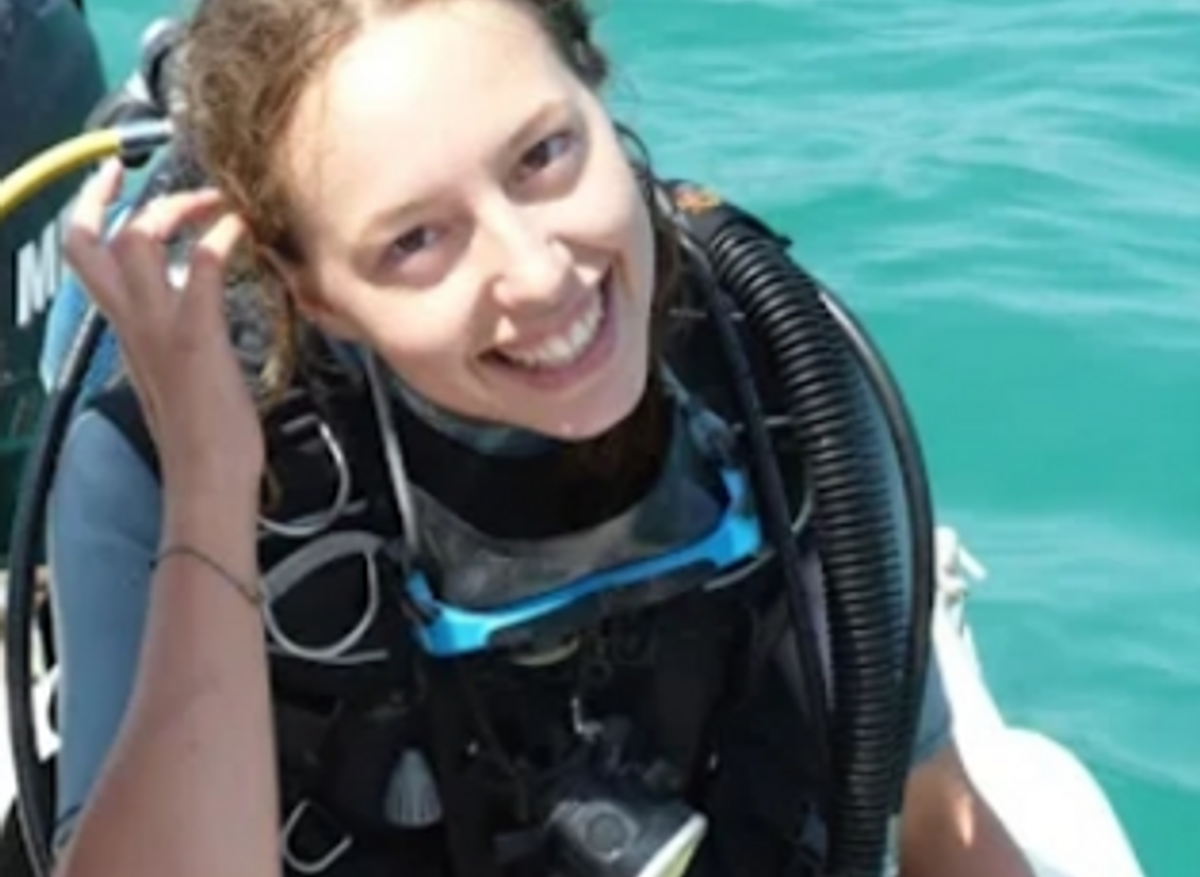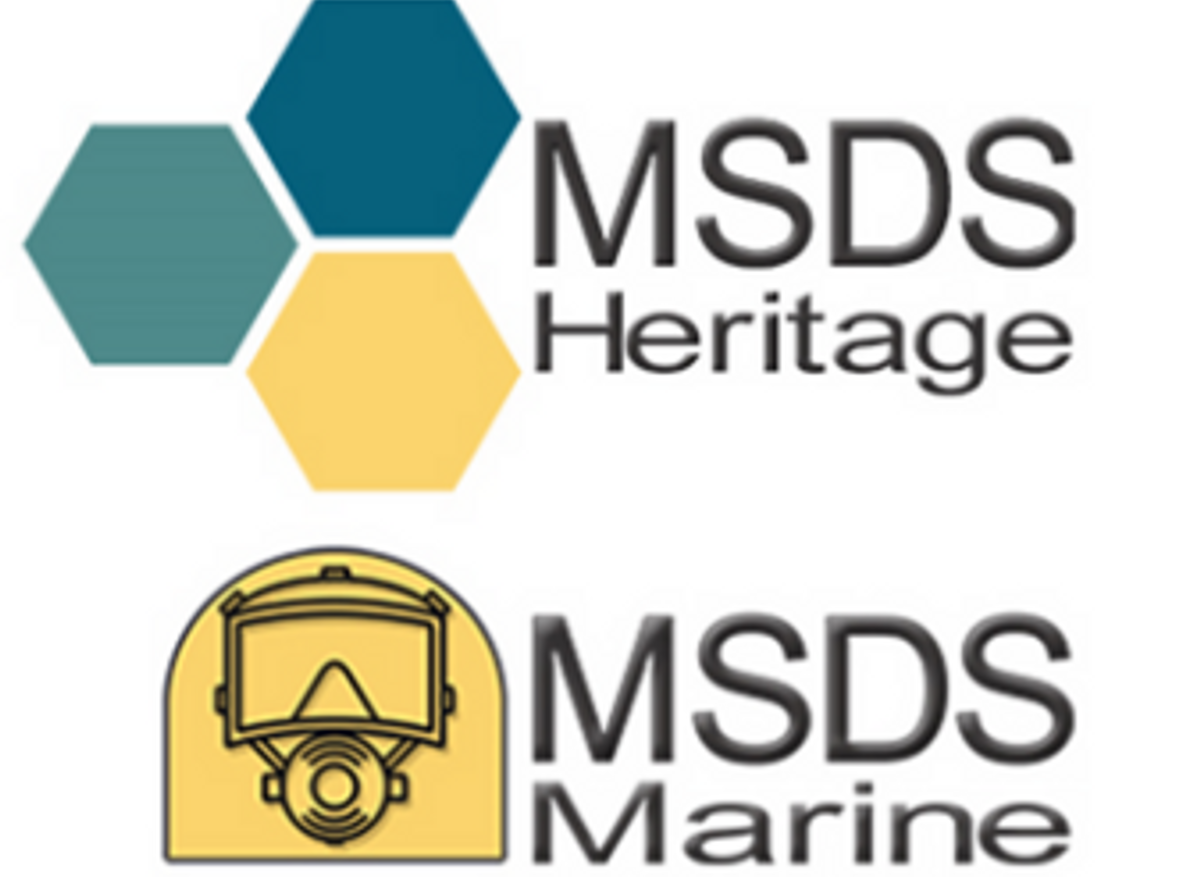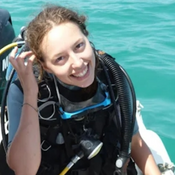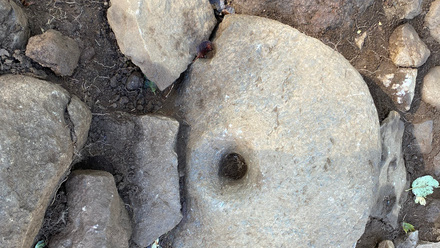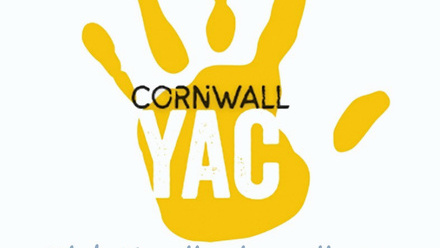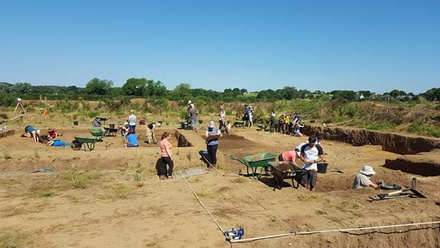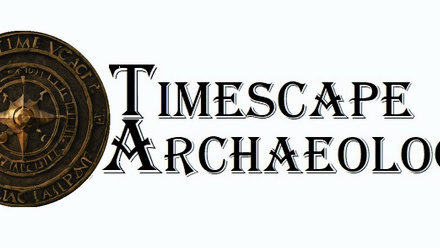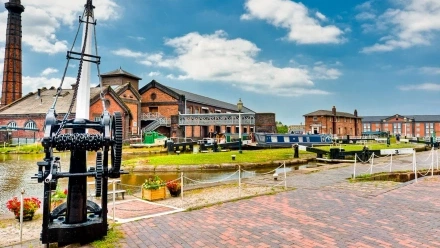Marine Geophysics: how to apply new disciplines for archaeological purposes.
Biography
I am an ambitious maritime archaeologist interested in exploring the oceans further through marine management and survey. My interest in heritage and love of the sea initially led and continually inspired me to pursue my undergraduate and postgraduate degrees – the master’s program in Maritime Archaeology at the University of Southampton. I am more than aware and connected with the stories that build the bridge between people and the sea. This led me to focus on marine geophysics, especially collecting, processing, and interpreting geophysical and hydrographic data for archaeology. As a Project Officer working for MSDS in marine environments and large-scale underwater projects, I utilise my past research and in-the-filed work experience to unlock new knowledge of maritime archaeology.
Underwater archaeological resources are irreplaceable, and it is essential to preserve or at least record the artefacts before they get lost forever. According to UNESCO’s convention (UNESCO, 2001), preservation in situ is considered the preferable method of a non-intrusive investigation. For this reason, high-resolution marine geophysical tools (i.e., side scan sonar, multibeam, sub-bottom profiler, magnetometer) offer great potential and accuracy for the collection, processing, monitoring, and interpretation of underwater sites on a river, lake, or seabed. Over the last 15 years, there has been an increase in the use of 3D technologies in the practice of maritime archaeology. Although it is easy to state the need for geophysical strategies, there needs to be a debate on how to ensure knowledge transfer to enable a skilled workforce, with many earlycareer practitioners facing related issues in job hunting and skills practising.
Poster Overview
The poster highlights the key to understanding marine geophysics. I want to present some ideas and reflections about maritime archaeology that bridge the gap between theory and early-career practitioners’ fieldwork regarding using marine geophysical techniques for archaeological purposes. This paper argues the need for early-career archaeologists to apply marine geophysics in maritime archaeology and, most importantly, examines how these new technologies are used across the discipline in our understanding of archaeology. Archaeology is a multi-discipline, and we should enhance our understanding of the increasingly new technologies in the field, their future importance, and their knowledge sharing within the job market.
Download the pdf of Asimima's poster below.
This poster was produced as part of the 2023 Student and Early Careers Conference coordinated by the CIfA Early Careers Special Interest Group and Council for British Archaeology.
